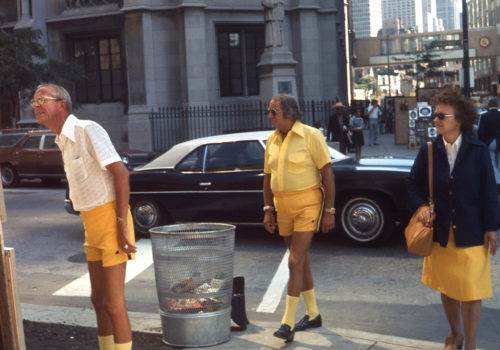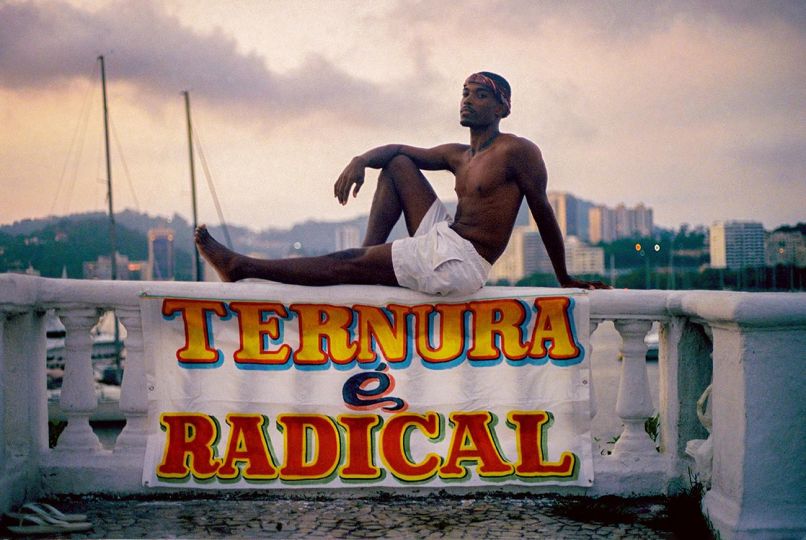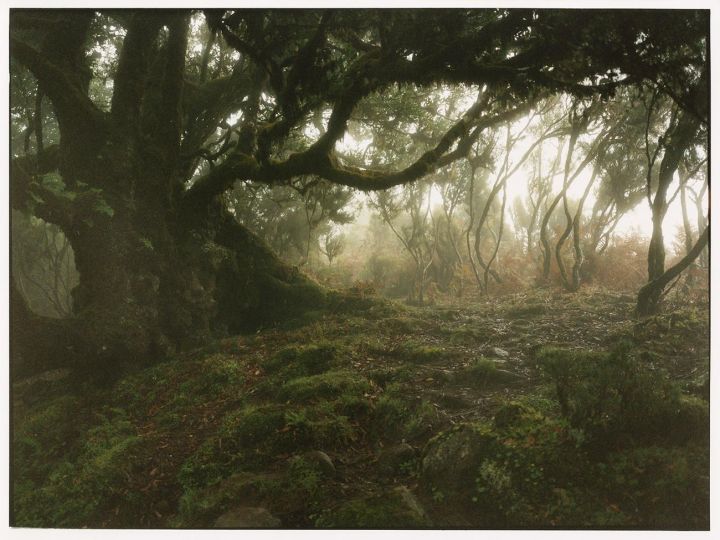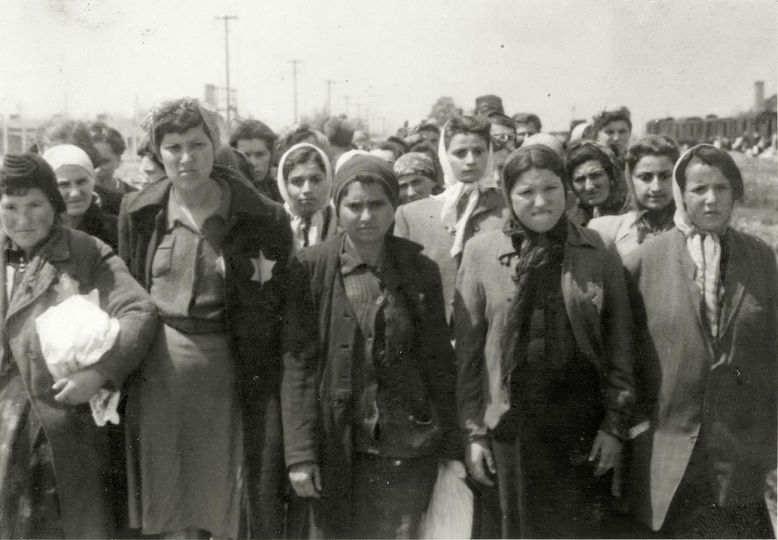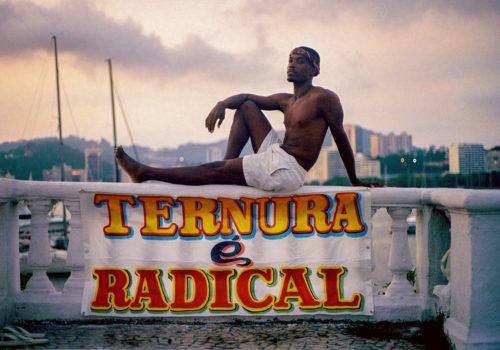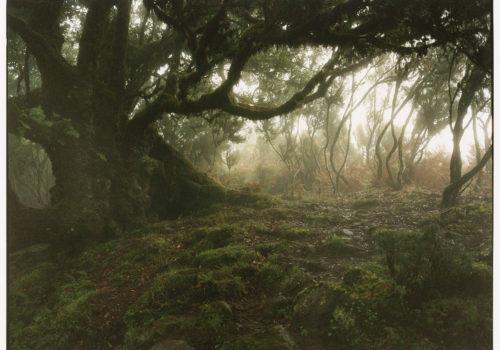In 2007, while seeking material for an unrelated project, John Maloof happened upon the photographic oeuvre of Vivian Maier at auction. Said Chicago auction house had acquired 10,000 rolls of her film, 20-30,000 of which were undeveloped, amongst other belongings from Maier’s neglected storage locker. Maloof’s intriguing photographic purchase would morph, unwittingly, into the kind of pivotal discovery that’s the stuff of Ali Baba’s cave: an unearthing of bounty completely undiscovered by the rest of the world.
Having no prior photography background, John Maloof was nonetheless captivated by the images he bought, to the point that it inspired him to test out street photography for himself. He stated on his blog that, when he walked the same Chicago streets that Vivian Maier had, and tried to capture what she had been able to, he “realize[d] how difficult it was to make images of her caliber.” With this realization, Maloof put Vivian Maier’s work online in order to contextualize the images within a more knowledgeable photography community. Though his impetus for making her work public was an amateur’s curiosity, the fervent reactions to Maier’s black and white photographs brought forth a tide of spellbound fans riveted by these images. Maier’s street scenes depict those authentic moments when people unsuspectingly let their guard down, and even her frontal portraits have a feeling of reveal. The subjects range from playful children to dozing elders, hardscrabble drifters to primly elegant ladies, listless young men to toiling workers: all collective participants in the rhythm of the American metropolitan landscape.
Maloof had little information about Maier beyond clues in the work she left behind. He found out that she was foreign-born and spent her life as a nanny and caretaker. A very private individual, her passion for photography was unbeknownst to anyone in her relatively small circle.
Maloof spent three years preserving and archiving the vast corpus of work she had accumulated, as she had continuously been snapping photographs from the 1950s through the late 1990s. In the introduction to Vivian Maier: Street Photographer (published by PowerHouse in December 2011), Maloof states “As hunger for her images has grown, I have been pushed into the role of custodian of Vivian Maier’s photographic legacy.” This custodial role seems to be as much a burden as a delight to him. Though Maloof doesn’t hide his weariness about answering questions, tersely, at times, Maloof’s dedication to the work, fondness and admiration of Maier as an artist and person, is perfectly clear. Maloof talked about his own work as a street photographer, as well as his relationship to Maier’s work, Maier’s legacy, and her inspiring qualities.
Sarah Moroz: Initially, when you created the blog showing Maier’s photographs, there weren’t many visitors… how crucial was it to you to get Maier’s name out there, in the earliest stages?
John Maloof: It wasn’t important because I didn’t know how good her work was, compared to others historically. When I posted it on Flickr, that’s when the photos started to spread all over the web.
S.M.: Indeed, the response was tremendous. …What were your expectations, before the explosion of interest?
John Maloof: Expectations were not very high.
S.M.: What do you think accounts for the intense and international reaction to Maier’s photos? What do you think she evokes that is so universal?
John Maloof: I can’t speak for everyone so I can’t say too much on that. I know that the story itself is what a lot of the press is interested in but I think her photos are also just as powerful and important.
S.M.: Do you have favorite photo(s) of Maier’s, one(s) that felt especially poignant?
John Maloof: No, there are way too many to claim a favorite. I like too many.
S.M.: You first came across Maier’s negatives at an auction house while working on a book about Chicago’s Northwest Side. Have you found other types of things at auction? Do you consider yourself a collector, as Maier was?
John Maloof: I grew up working flea markets and going to auctions so I have found countless things at these places. I don’t collect anything, though. I just buy things I need or that I like.
S.M.: What are some other favorite things that you have found, photography-related, or otherwise?
John Maloof: Nothing like this. I’ve purchased many, many things so it’s hard to just name a few. Furniture, cameras, guitars, odd items, etc.
S.M.: You had no background in photography prior to discovering Maier’s negatives, and yet you became inspired enough to pick up a point-and-shoot, and then a Rolleiflex; you took photography classes, and created your own home dark room. Did you have a latent interest in photography prior to seeing Maier’s work, or did Maier really completely awaken something you’d never considered?
John Maloof: I had absolutely no interest in photography as an art form before I found Maier’s work. She sparked my obsession in photography.
S.M.: On that note, how crucial do you think “obsession” is to the nature of photography?
John Maloof: I’m always aware of my surroundings and afraid that I may be missing something so my camera is always around my neck. I am definitely obsessed with it. I think you need to be in order to get good work. As a street photographer, you have to take hundreds, if not thousands of photographs in order to get a few good ones.
S.M.: When you first picked up a camera, how much was imitating, and how much was intuitive? How has your instinct as a photographer changed in the past few years?
John Maloof: I was more or less imitating her style when I first began. As time passed, I let my own interests lead me down a different path. I got into color more. I like surrealism in photography and try to keep my frame unconventional.
S.M.: The appeal of “surrealism” in photography is a potent subject. Street photography especially focuses on, or even reveals, an undercurrent that we encounter but don’t acknowledge in the everyday. Can you expand on how this drives your work as a photographer?
John Maloof: It’s hard to make a street photo that hasn’t been done in one way or another. When you dabble in surrealism in street photography, it opens up a new way of seeing common scenes. You can take planes of reality and play with the perspective to create new ones to give depth that look bizarre or surreal.
S.M.: What is your approach to street photography? Are you discreet? Do you talk to people and engage them before, or afterwards?
John Maloof: I try to be discreet. I never engage nor ask for permission and, honestly, I don’t think that works well. I just take pictures I think may be good. Usually they suck.
S.M.: You shoot mostly in color, though you’ve also shot black and white: how do you decide which to use?
John Maloof: I started with black and white when I had time to develop film. I switched to color and use a digital camera now. I like the extra information color offers. It keeps the picture in the present.
S.M.: Do you go to a lot of photo exhibits? If so, who have you enjoyed seeing?
John Maloof: Not really. I enjoyed seeing the Bresson exhibit when it came to Chicago. I see most photos online or in books. I don’t have much spare time lately.
S.M.: What sites do you consult?
John Maloof: I like www.in-public.com, www.flakphoto.com, as well as many gallery and institutional online archives.
S.M.: You Googled Maier’s name after your purchase of the negatives, only to find her obituary placed the day before your search. Do you still feel a lack of closure? Or do you feel that the intense response that her photographs have evoked has brought some kind of peace?
John Maloof: I don’t feel lack of closure. You have to keep in mind that when I found her name, this wasn’t online yet and I didn’t even think the work was outstanding at this point. I would have just liked to meet her. I wouldn’t have asked questions that I would ask today.
S.M.: What would be different in your approach?
John Maloof: Well, I didn’t know she was such a mystery at the time, so I wouldn’t have asked her questions I would ask today.
S.M.: Despite taking thousands of pictures, Maier never showed her photos to anyone. Why do you think she never showed them? Given how private a person she was, do you think she would nonetheless be glad that people know her work?
John Maloof: She didn’t show them to anyone because she seemed to be very private with her personal life and didn’t want anyone judging her. I’m not sure what she would think about the acclaim she has.
S.M.: You’re currently directing a documentary on Maier. How have you been finding film as a medium, compared to working on the book or the gallery shows?
John Maloof: I love the medium. It comes natural[ly] to photographers, it seems. I have always been making short films, since I was young, but it wasn’t until I understood photography that I understood the medium. Now, I love the medium so much more.
S.M.: What other projects are next for you?
John Maloof: I’m working on comedy shows with an old friend, a short narrative film, and doing improv at The Second City. Always taking pictures, though.

